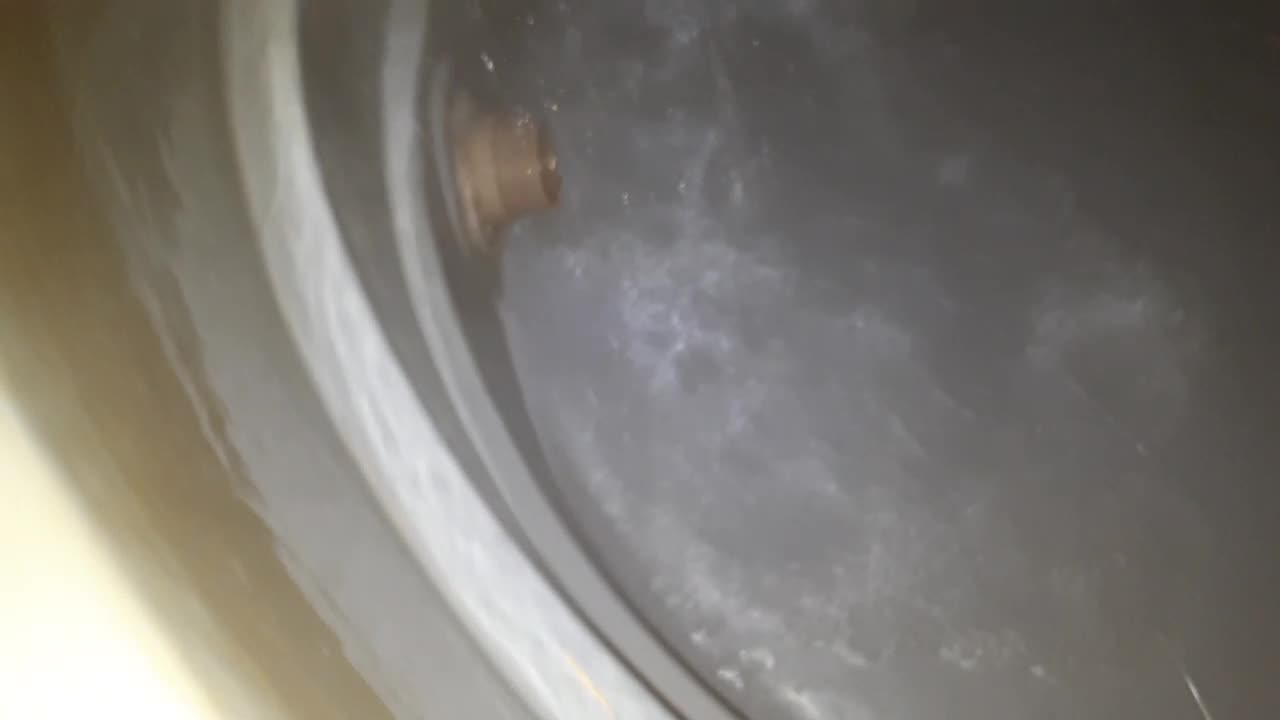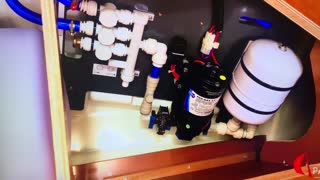Premium Only Content

sanitized water tank
The service can be done by anyone, just follow a few steps:
– One day before cleaning, close the water inlet valve of the tank;
– Use the water until just enough is left to do the washing;
– Scrub the walls and bottom. Never use soap, detergent or other products;
– Remove the remaining dirty water using cloths and a bucket;
– To carry out the disinfection, it is necessary to pour a liter of 2.5% sodium hypochlorite for every thousand liters of water. Do not use bleach. Allow the water to enter until the box is filled;
– Wait two hours and empty the box. This water will be used to clean and disinfect the pipes;
– Then just fill the box again and the water is ready for consumption.
Another important precaution is with the seal. The box must always be closed.
“If it is not well sealed, rats, birds, bats, cockroaches can enter and contaminate the water”, comments the technician in water tank cleaning João Paulo Knedel.
The merchant Valde da Rocha keeps the cleaning up to date and now that he is renovating the house he has decided to put in a new PVC box. The old one, made of asbestos, is not even recommended because it usually causes problems: “When you wash with a brush, a lot of fiber comes out”.
The fibers are toxic, so those who still use an asbestos box need to be careful and wash only with a soft cloth or brush.
Here are some diseases that cleaning the water tank can prevent:
Cleaning the water tank x Dengue: the Aedes aegypti mosquito likes to lay eggs in clean, still water. The uncapped water tank is one of the main places where it usually spawns. Dengue is characterized by high fever and body aches. In addition, dengue can lead to standing water inside buckets, tires and even in the water pots of dogs and pets. you have to stay tuned to eradicate the disease once and for all.
Cleaning the water tank x Amebiasis: it is a form of diarrhea in which protozoa find a host in humans for the development of the disease. In more serious cases, Entamoeba histolytica can even harm and compromise the functioning of organs.
Water Tank Cleaning x Infectious Hepatitis: Also called Hepatitis A. The disease attacks the liver. The contagion can be through contaminated water, food or objects. The main symptoms that an infected person presents are yellowing of the eyes and skin, lack of appetite and diarrhea.
Cleaning the water tank x Giardiasis: This disease often occurs in places where sanitary hygiene does not exist. Transmitted by contaminated water, the person can get colic and diarrhea with a very strong smell. In addition, the infected person has a deficiency of vitamins in the body, which leads to weight loss and makes the patient susceptible to other diseases.
Cleaning the water tank x Gastroenteritis: it is an inflation of the small intestine and stomach. The main symptoms are vomiting and diarrhea. The transmission of this disease occurs through ingestion of contaminated water, which can come from the water tank – if kept uncovered or dirty – or from the street, coming from dirty or rusty pipes.
Cleaning the water tank x Typhoid fever: it is transmitted by drinking water contaminated by feces and may present symptoms such as fatigue, bitter mouth, fever, chills, stomach upset, diarrhea and enlarged spleen.
-
 0:36
0:36
ColinHT
3 years agoWater tank valves
119 -
 0:36
0:36
ViralHog
3 years agoWater Tank is Perfect Bathtub for Alpaca
75 -
 LIVE
LIVE
FusedAegisTV
4 hours agoWelcome to The King of Iron Fist Tournament! \\ TEKKEN 8 Stream #1
664 watching -
 DVR
DVR
Bannons War Room
1 year agoWarRoom Live
101M -
 5:42:36
5:42:36
FreshandFit
10 hours agoLive X Censorship For Opposing Immigration?!
99.5K70 -
 1:08:16
1:08:16
Tactical Advisor
5 hours agoNEW Budget Glocks | Vault Room Live Stream 011
34.7K3 -
 16:30
16:30
SNEAKO
12 hours agoNO FRIENDS IN THE INDUSTRY.
76.5K18 -
 6:19
6:19
BlackDiamondGunsandGear
1 day agoHow Fat Guys can Appendix Carry
48.5K4 -
 6:58
6:58
Gun Owners Of America
1 day ago2024 Was Huge For Gun Rights, Here's Our Top 10 Wins!
42.6K2 -
 15:50
15:50
Degenerate Jay
1 day ago $1.73 earnedJames Bond Is Being Ruined By Amazon? Make Him A Black Gay Woman?
31.7K9